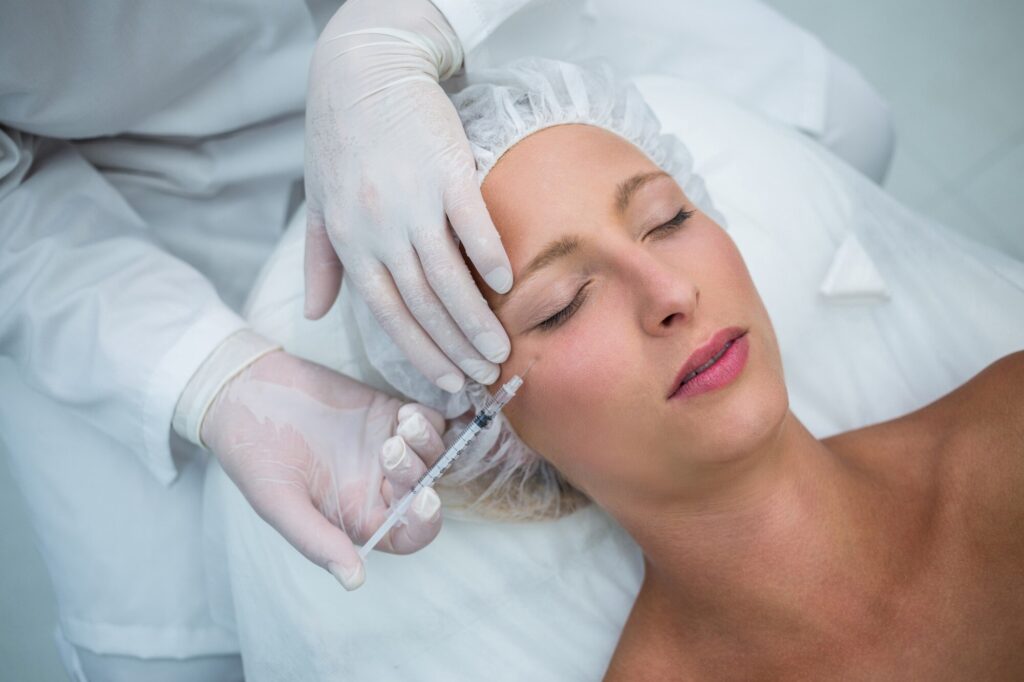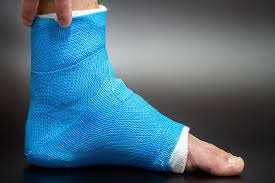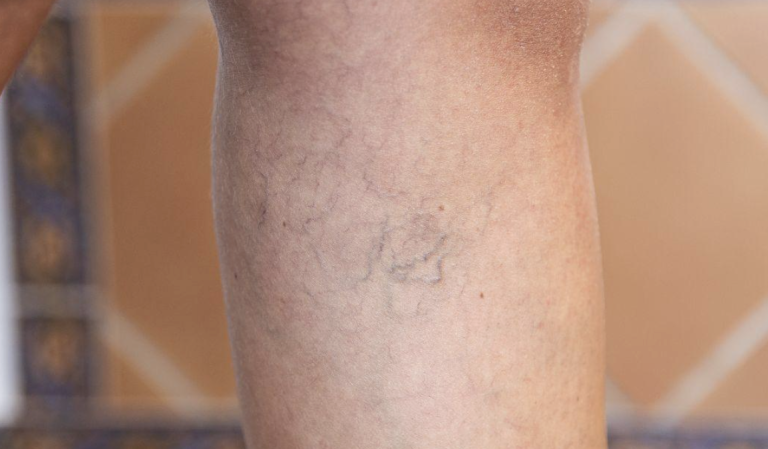Hyperhidrosis, or excessive sweating, affects millions worldwide and can significantly impact daily life and social interactions. While often associated with cosmetic use, Botox is now recognized as an effective treatment for persistent sweating issues. Understanding the causes and treatment options for hyperhidrosis, whether localized or caused by medical conditions, can help individuals manage their symptoms and improve their quality of life.
Botox and Excessive Sweating
Botulinum toxin type A, also known as Botox, works by temporarily blocking nerve signals that activate sweat glands. When injected into targeted areas, it prevents the release of acetylcholine, a neurotransmitter responsible for triggering sweat production. This helps reduce excessive sweating in the treated regions.
The treatment involves multiple small injections directly into the skin of the affected area. Healthcare providers typically use a fine needle to minimize discomfort during the procedure. Depending on the size of the area being treated, the process usually takes around 30 to 45 minutes. It is a straightforward procedure with minimal downtime.
Results are typically noticeable within one to two weeks after the treatment. The effects typically last between three and six months, but can vary from person to person. As the Botox gradually wears off, nerve signals return to normal, and sweating patterns resume their original state. Repeat treatments may be needed to maintain results.
Treatment Areas and Considerations
Healthcare providers primarily treat underarm hyperhidrosis with Botox due to the high concentration of sweat glands in this small area. They also use Botox on the palms, feet, and face, though these areas often require more injections or present additional challenges. Treating the palms and feet involves larger surface areas and may temporarily weaken nearby muscles. Facial treatments demand precise care to avoid affecting muscles that control facial expressions. Providers typically recommend Botox when other treatments, like prescription antiperspirants or oral medications, fail or cause side effects.
Treatment and Recovery
A qualified healthcare provider reviews your medical history and examines the affected areas before treatment. They may perform a starch-iodine test to pinpoint the most active sweat-producing areas, allowing for precise injection placement. This approach tailors the treatment to your needs.
During the procedure, you may experience mild discomfort from the injections. Some providers use topical numbing cream or ice to reduce sensation. After treatment, you can usually resume normal activities immediately, though your provider may advise avoiding intense exercise for 24 hours.
Common side effects include temporary soreness, bruising, or swelling at injection sites, which usually resolve within a few days. If you experience any unusual or persistent symptoms, contact your healthcare provider. More serious side effects are rare but should be discussed with your provider.
See if Botox is Right for You
If excessive sweating impacts your life, effective treatment options are available. Botox has helped many people with hyperhidrosis, though it’s not right for everyone. Start by consulting a healthcare provider experienced in treating hyperhidrosis for personalized advice. With their guidance, you can select the most effective treatment to manage your symptoms and enhance your comfort.
- crypto30x com zeus Review: Is It the Best Platform for U.S. Crypto Traders in 2025?
- Super Scatter Juara100.org Medal: The Ultimate Guide to Winning Big in Online Gaming
- Ziuqyazhmizz: Ancient Slavic Practice Explained – Meaning, Benefits & Daily Life Guide
- Zaxtexporoz: A Simple Guide to Xcer Tools, Digital Trends, and Smart Solutions
- Casîo: A Symbol of Innovation, Durability, and Global Trust




